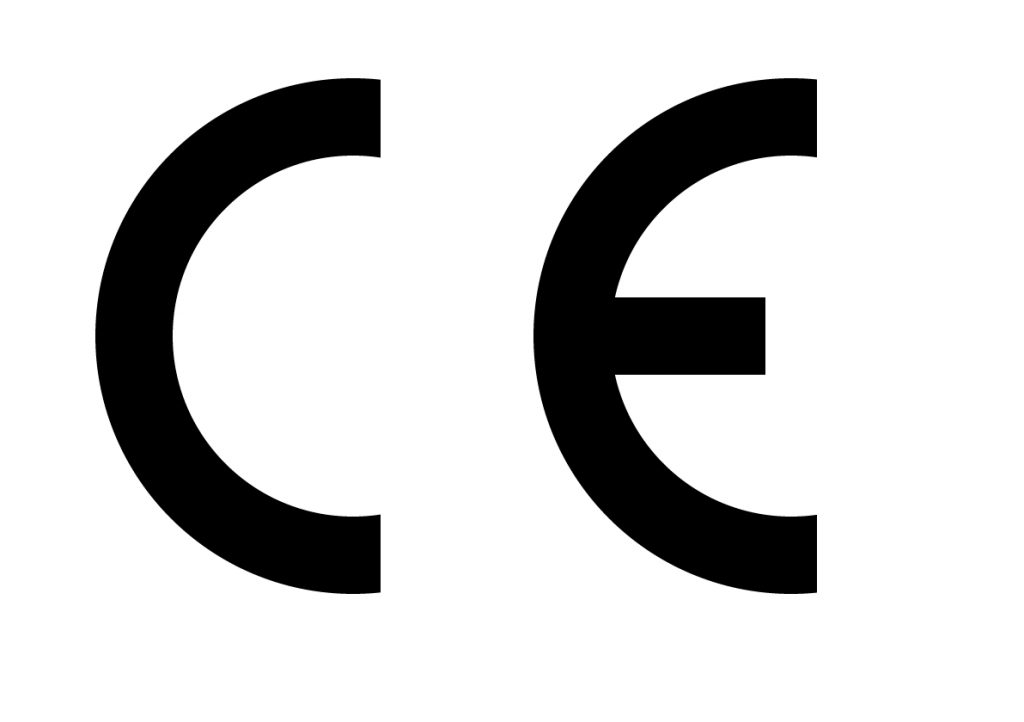Passive House is an internationally recognised, highly energy-efficient standard that also helps promote indoor comfort and acoustic insulation.
Passive House is not only one of the world’s leading energy efficiency standards but also a construction concept made to build comfortable, environmentally friendly, and affordable homes and buildings. Passive House buildings are characterised by their airtight construction, minimal losses through thermal bridges in the building envelope, optimal use of renewable energy, and exceptional comfort due to good thermal insulation.
Passive houses are not only the most energy-efficient buildings around, but they also encourage co-existence with nature, biodiversity and can even help reducing climate change.
The passive design of this building is based on the natural “influences” of the sunshine, the shade, and the ventilation. It also relies on passive heating and cooling systems such as solar heating or cooling, evaporative air conditioning or natural ventilation.
With a building envelope that is coupled with high levels of insulation and airtightness, a passive home can have very low energy requirements that are 90% less than the average dwelling.
This is because of the great insulation, which ensures you have a relatively consistent temperature and good air quality. This leads to a more comfortable environment with less noise from either inside or outside
What are the requirements for passive houses?
A building must meet several criteria to achieve the passive house standard:
Space heating: Unlike typical homes, the energy demand for space heating should not exceed 15 kWh/m2 of living space per year or 10W/m2 at peak demand. This is significantly less than a typical home’s 100W/m2.
Primary energy: The required energy input for all domestic applications (heating, hot water and electricity) should not exceed 60 kWh per square meter of living space per year
Airtightness: Passive buildings are very airtight and should have no more than 0.6 air changes per hour at 50 pascals of pressure. Passive buildings are very airtight and should have no more than 0.6 air changes per hour at 50 pascals of pressure.
Thermal Comfort: You may want to make sure that the temperature in your home is pleasant all year, with 10% or less of days reaching 25°C.
Passive houses are buildings that are designed for optimum energy efficiency. They usually cost more to make but can reduce your monthly electricity bills by up to 90%.
In order to get the most out of the sun and shade, builders need to use intelligence in their designs. The house can be built with passive principles in mind – for example, making sure the house is oriented well enough for this purpose.
The five principles of passive house design
- High quality insulation
- Airtight construction throughout
- No thermal bridging – see what is thermal bridging
- Superior windows for thermal protection
- Mechanical ventilation is becoming increasingly popular due to its efficiency and effectiveness.
The Passive House Institute has developed a set of requirements for passive houses, which are the strictest of all energy efficiency standards. The requirements are primarily based on the heat loss calculation of the building envelope. A passive house achieves an airtight building envelope that minimises the amount of heat transfer through the envelope only by the use of mechanical ventilation with heat recovery. The theoretical maximum is no more than 15kWh/m²a (or 15 kilowatt hours), which is is equivalent to heating and cooling in a conventional house in about an hour in mid-winter or three hours in mid-summer.






